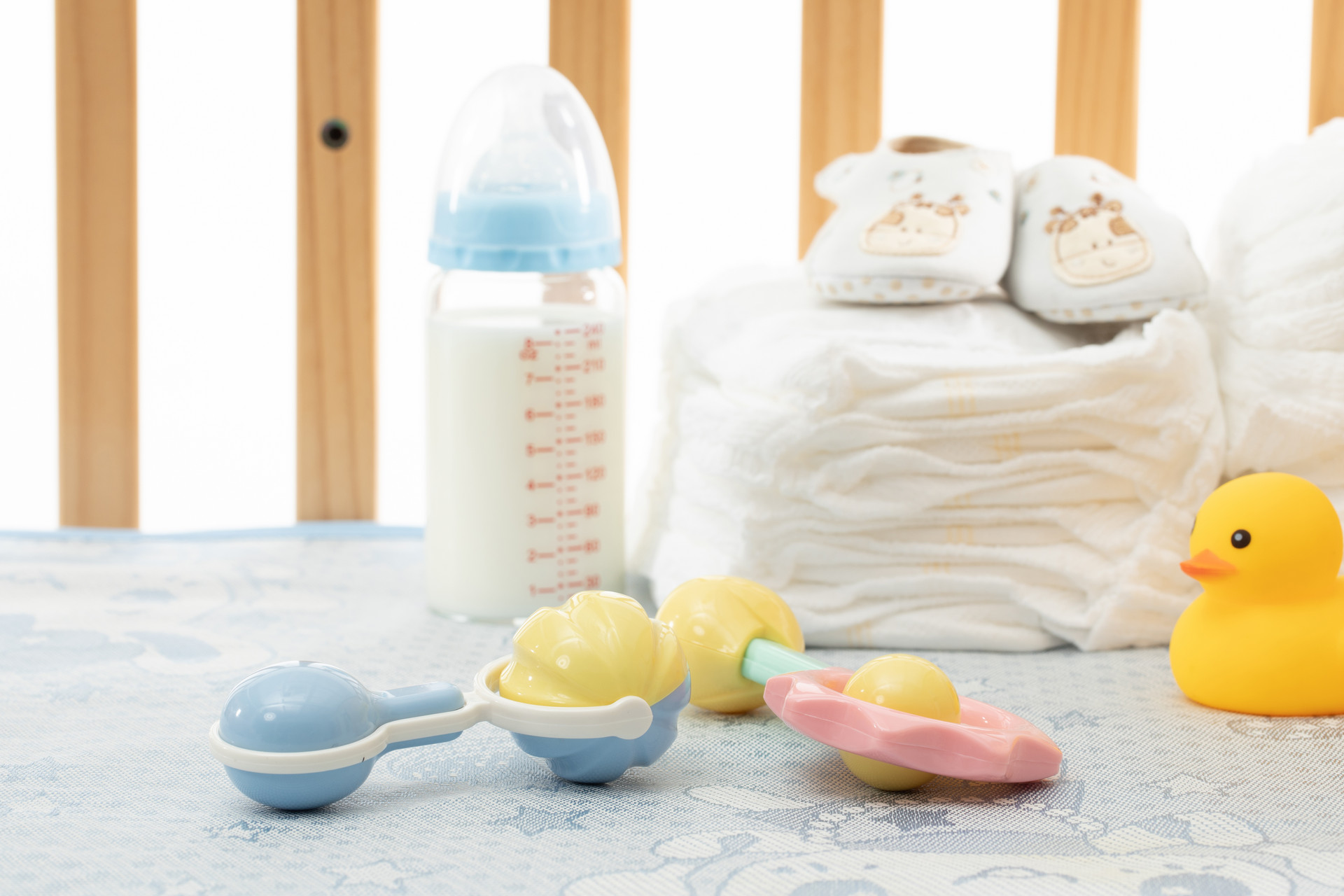complementary foods

Because rice porridge can be quickly absorbed by the body and can stimulate appetite, it is the first choice for adding complementary foods to babies. Moms who take the time to make a delicious an

The days with a baby are sweet, and before you know it, your baby is already several months old. As the baby grows, relying solely on breastfeeding is no longer enough to meet the child's nutriti

Babies generally start adding complementary foods at 4-6 months old. However, due to individual differences and variations in growth and development, the timing of introducing complementary foods

Mothers are very concerned about the nutritional balance of complementary foods, but if the method is wrong during the process of making complementary foods, it can lead to a significant loss of n

Mothers all know that babies need to start adding complementary foods from the age of six months, not only to help them through the weaning period, but also to supplement their nutrition and improv

Babies in their growth and development stage need a rich and balanced diet. Therefore, mothers prepare a variety of foods for their babies in the hope that they will grow up healthy. However, the

Babies aged 4-6 months are ready for complementary foods. In the eyes of mothers, they always want to give their babies the most nutritious things. However, some foods that are considered nutritious

Babies usually start adding complementary foods at around 6 months old. Spinach and liver porridge is the best for replenishing blood for babies. Even young babies can enjoy this delicious dish. J

Baby diarrhea is a common occurrence, mainly because the baby's digestive system is not fully developed and is more fragile, so it is easy for them to have diarrhea if not careful. However, baby dia

Babies have limited stomach capacity, so they should eat small meals. But why should babies eat less acidic foods? Let's explore the mysteries of baby's diet together! Why should babies eat